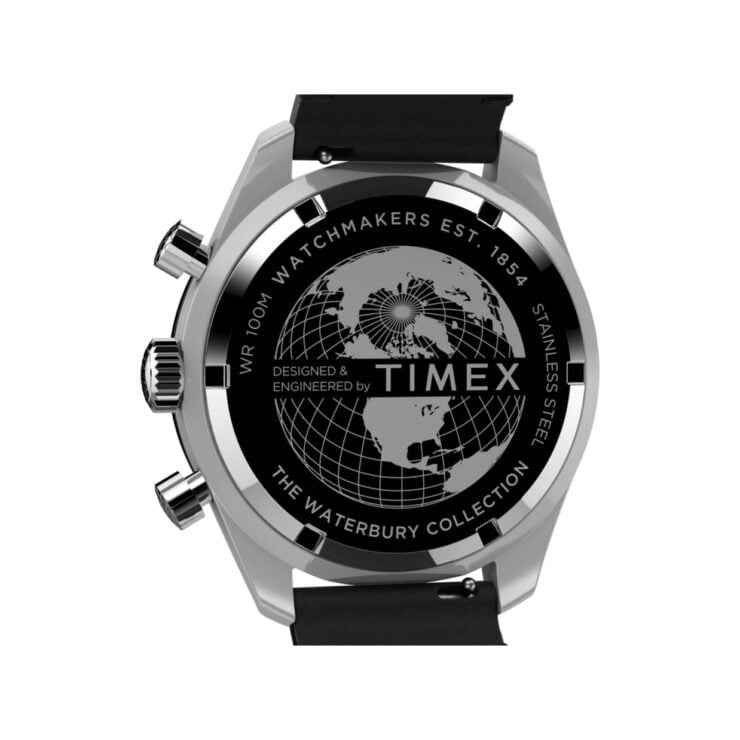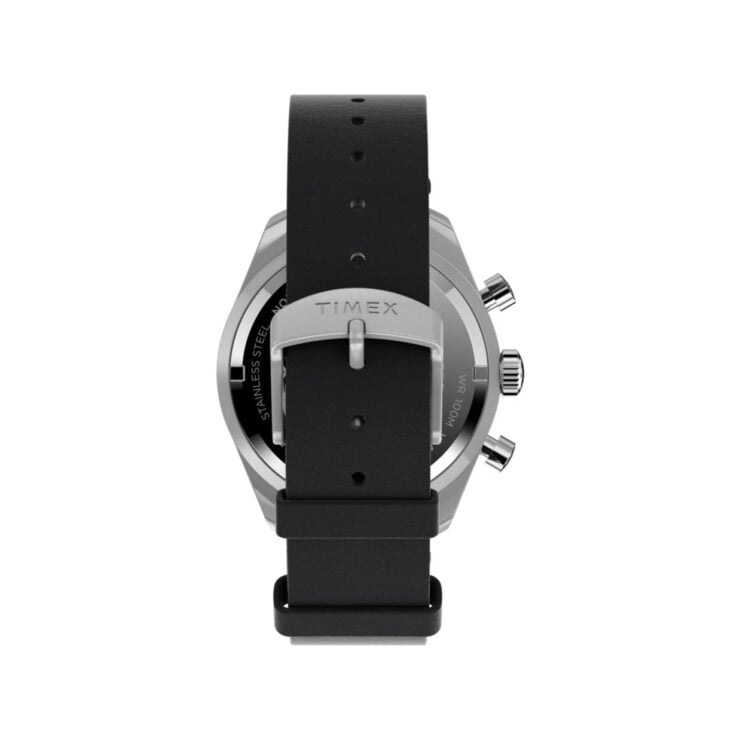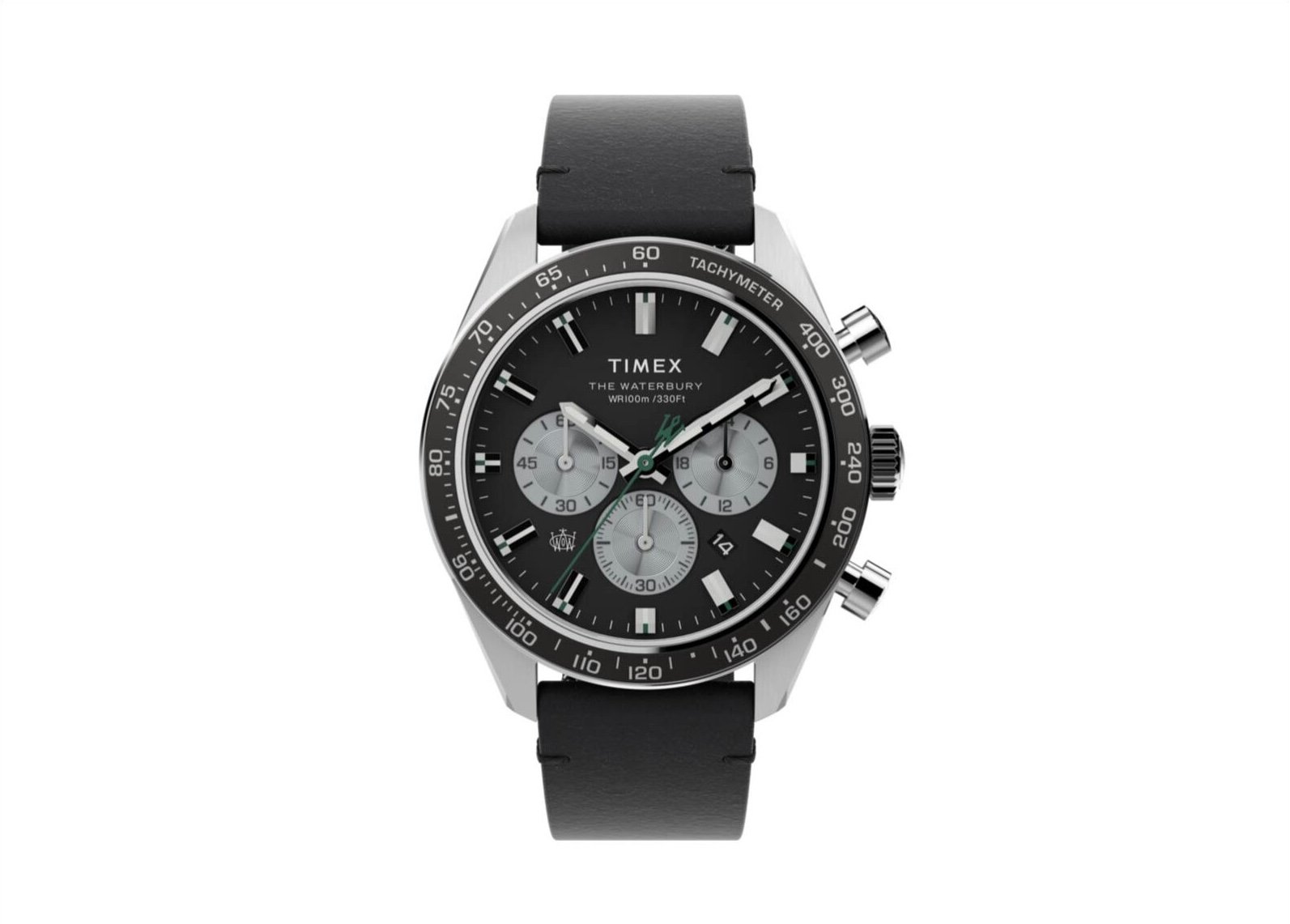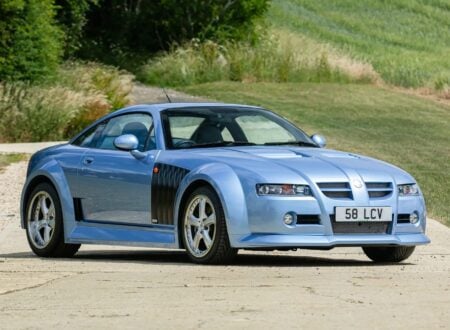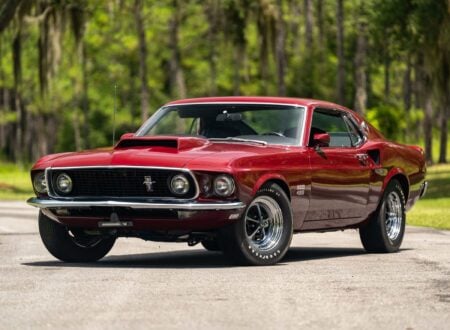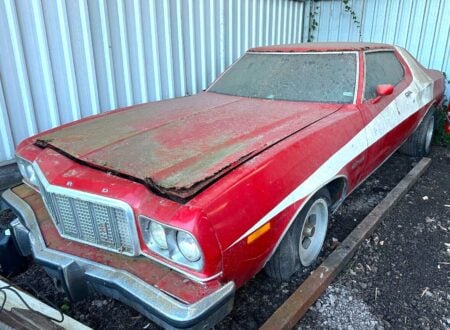This is the Waterbury Chronograph by Timex, it’s a classically styled and entirely affordable watch that looks far more expensive than it actually is, at $189 USD.
The Waterbury name comes from the Waterbury Clock Company, this is the company Timex actually started out as back in 1854 in the town of Waterbury, Connecticut. Connecticut’s Naugatuck River Valley was nicknamed the “Switzerland of America” due to the sheer number of watch and clock makers based there at the time.
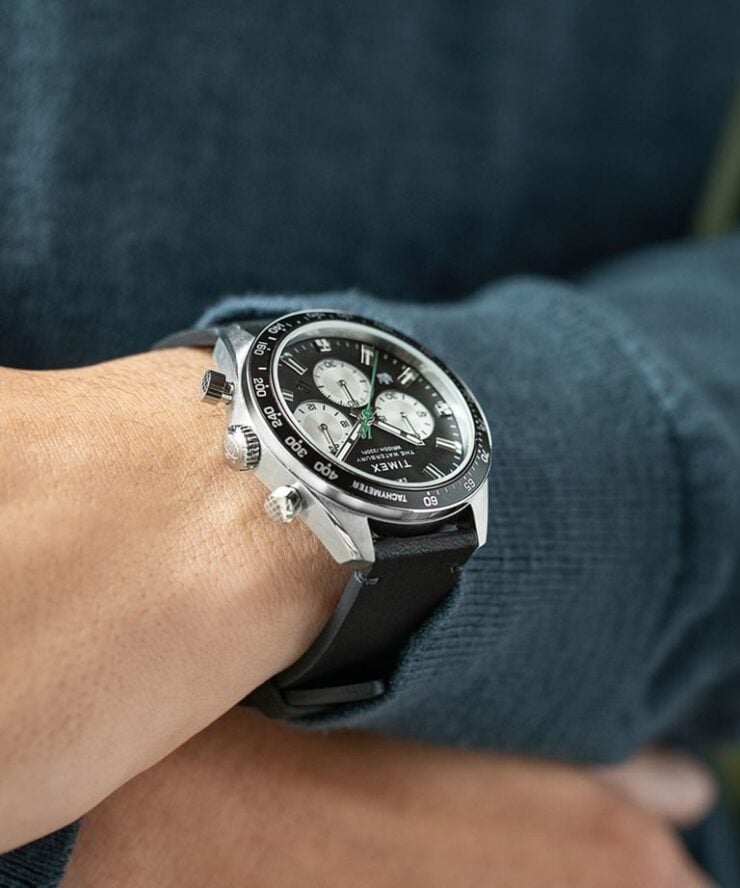

The most notable early Waterbury timepiece was the “Jumbo,” a large, affordable pocket watch invented by Archibald Bannatyne, introduced in 1887, and named after the famous P. T. Barnum elephant.
Jumbo would get Waterbury noticed by Robert H. Ingersoll which led to an agreement for the Waterbury Clock Company to produce millions of pocket watches for the Robert H. Ingersoll & Bro. watch company – an early example of badge engineering in the watch world.
In 1896 Ingersoll introduced the “Ingersoll Yankee,” a pocket watch that cost just one dollar. It was supplied by Waterbury Clock Company and millions were sold across North America – watches had formerly been too expensive for many but the Ingersoll Yankee changed all of that.
During WWI it became clear that many military personnel needed reliable timekeeping to do their jobs, particularly artillery gunners. Waterbury created a version of their smaller ladies’ pocket watch called the Midget, they put it on a canvas strap so it could be worn on the wrist – thus creating one of the first mass-produced wristwatches.
During the Great Depression, Waterbury entered an agreement with the Walt Disney corporation to produce Mickey Mouse watches and clocks under the Ingersoll brand name. These became wildly popular despite the economic downturn, selling millions of dollars worth and helping to keep Waterbury in the black.
During WWII the company produced millions of fuse timers for bombs for the US Government, winning the Army-Navy “E” Award for excellence for their “Anglo-American fuse” in the process. After the war they released a new low-cost wristwatch they called the “Timex” which was advertised with the catchphrase “Takes a Licking and Keeps on Ticking.”
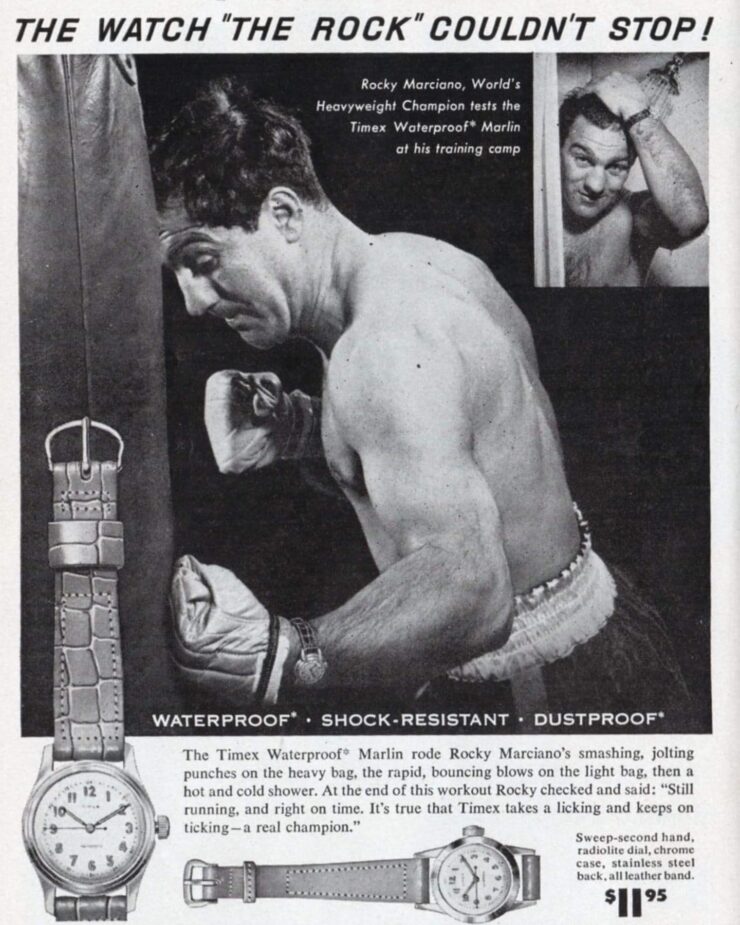

These reliable, affordable watches would sell in their millions, and still do today. The company has remained true to its affordable watch origins while now offering styling and functionality you’d only typically find in higher-end timepieces.
The Waterbury Chronograph By Timex
The Waterbury Chronograph is one of the more recent designs from Timex, it’s based on chronograph styling cues from the 1960s and 1970s with a black main dial and three subdials.
The watch has a stainless steel case and back, measuring in at 41mm, on the right side you’ll find a crown and two pushers for operating the chronograph movement. Between the four and five o’clock positions on the dial there is a date window, with an original Waterbury Clock Company logo on the opposite side between the 7 and 8 o’clock markers.
The Waterbury Chronograph is powered by a simple, reliable quartz movement that should offer approximately two years of life between battery changes – though this can vary depending on how much you use the chronograph function of course.
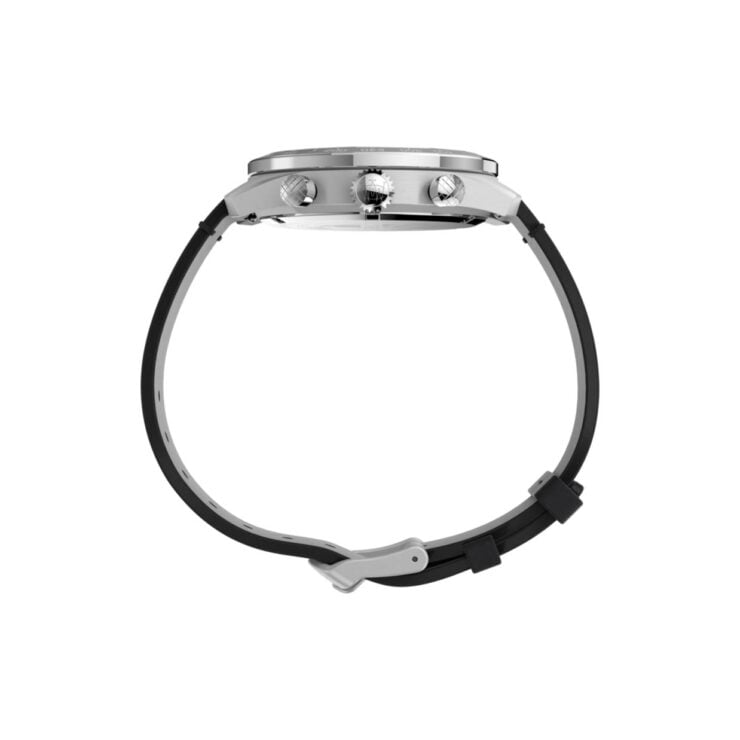

The watch has a case height of 13mm and a lug width of 20mm, it’s water-resistant down to 100 meters or 330 feet, and it has a mineral glass crystal. As noted in the introduction further up, the watch sells for $189 USD and it comes with easy online returns for the first 30 days.

